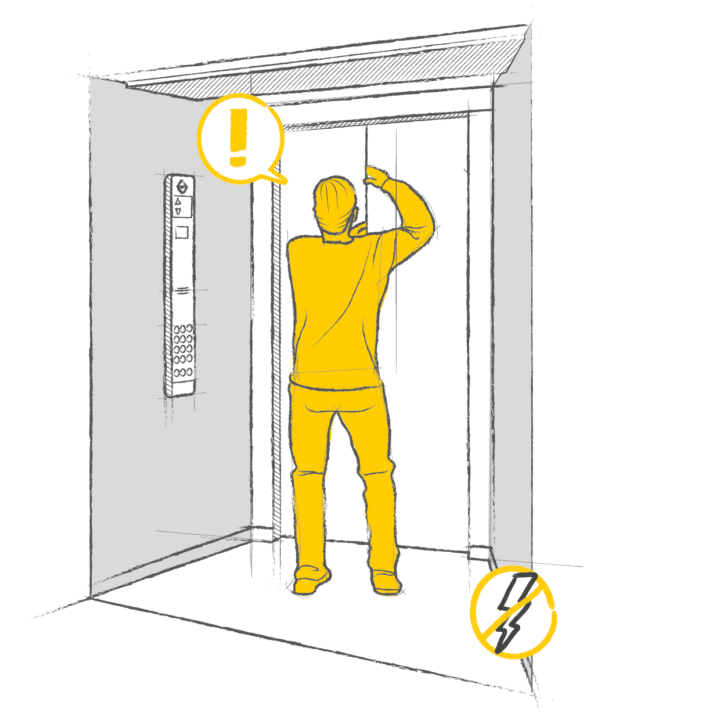Conducting a vertical traffic study is more essential than you think to make sure the right size lift is installed. To carry out this study, it is vital to obtain as much reliable data as possible on the traffic characteristics.
In this regard, and to avoid queues before they occur, we recommend studying these specific features with a traffic calculation simulator for lifts. This study is usually done during the design phase of the building, but sometimes it is carried out in existing buildings. For example, due to the COVID-19 pandemic that we are going through, many customers are conducting this type of study in order to avoid crowds while waiting for lifts, thus preventing the potential spread of the disease.
A traffic study provides information on the most suitable number of lifts to install in a building and their characteristics, depending on how the building is used.
To learn everything there is to know about traffic simulators, read on!
What information do you need to do the traffic simulator study?
Determining the minimum number and characteristics of the lifts to install in a building requires knowing not only what the building will be used for (traffic patterns in shopping centres, hospitals and residential buildings are all different), but also two essential concepts:
Transport capacity (target or quantitative value): Considering that, statistically, the time of peak transport demand (rush hour) lasts approximately 5 minutes (the maximum recommended time for traffic to reach its destination), this time value has been generalised as a unit of measurement. Thus, the transport capacity would be the % of a building’s total users that the lift or group of lifts is able to move within a five-minute period.
Normally, in calculations for residential buildings, a transport capacity of between 8 and 9% of the building’s total users is used as the optimal traffic pattern. Any figure below 8% is deemed insufficient in terms of sizing the lift needs.
Wait time (subjective or qualitative value): This is the average of the maximum times between a lift leaving a specific floor and the arrival of the next lift at the same floor. If there is only one lift, the wait time is the same as the time it takes the lift to do one full cycle. The wait time value by itself is not decisive in defining a good service; it needs to be matched with the value of the transport capacity.
If due to overriding needs beyond our control, the proper number of lifts cannot be installed, it will always be preferable to prioritise transport capacity over wait time.
Case study for calculating traffic in lifts: upscale office building

First, in order to run the simulation, we have to gather the following information to make sure the results are as accurate as possible:
Building details:
- Number of floors.
- Height of floors (including floor slabs).
- Building height.
- Useful surface area on each floor.
- Use category of each floor.
- Maximum occupancy.
- Characteristics of the lifts, if the building is in use.
If there is a car park:
- Number of parking spaces.
- Number of floors used for parking
- Are they exclusive to the building’s users or also for external users?
If there is a restaurant, gym or other:
- Location in the building.
- Surface area and maximum occupancy.
When should the traffic of a lift be measured?
Once we have this information, we decide what time of day to take the measurement. We recommend the most critical moment, the “up-peak”, when there is maximum upward traffic. Another time that we recommend analysing is the “lunch peak”. Finally, this simulator’s algorithms collect the use demand for the building’s lifts for a 100% building occupation spread out over twelve half-hour periods.
If you want to avoid queues before they happen by simulating your lift’s traffic, contact us!
Don’t hesitate to contact us to request your personalised quote with absolutely no obligation, or if you need any additional information on these simulations, by filling out the following form.
Basic information on data protection: In accordance with the GDPR and the LOPDGDD, FAIN ASCENSORES S.A. will process the provided data in order to contact you with the information you need. For more information about the processing of your data and to exercise your rights, please visit our privacy policy




